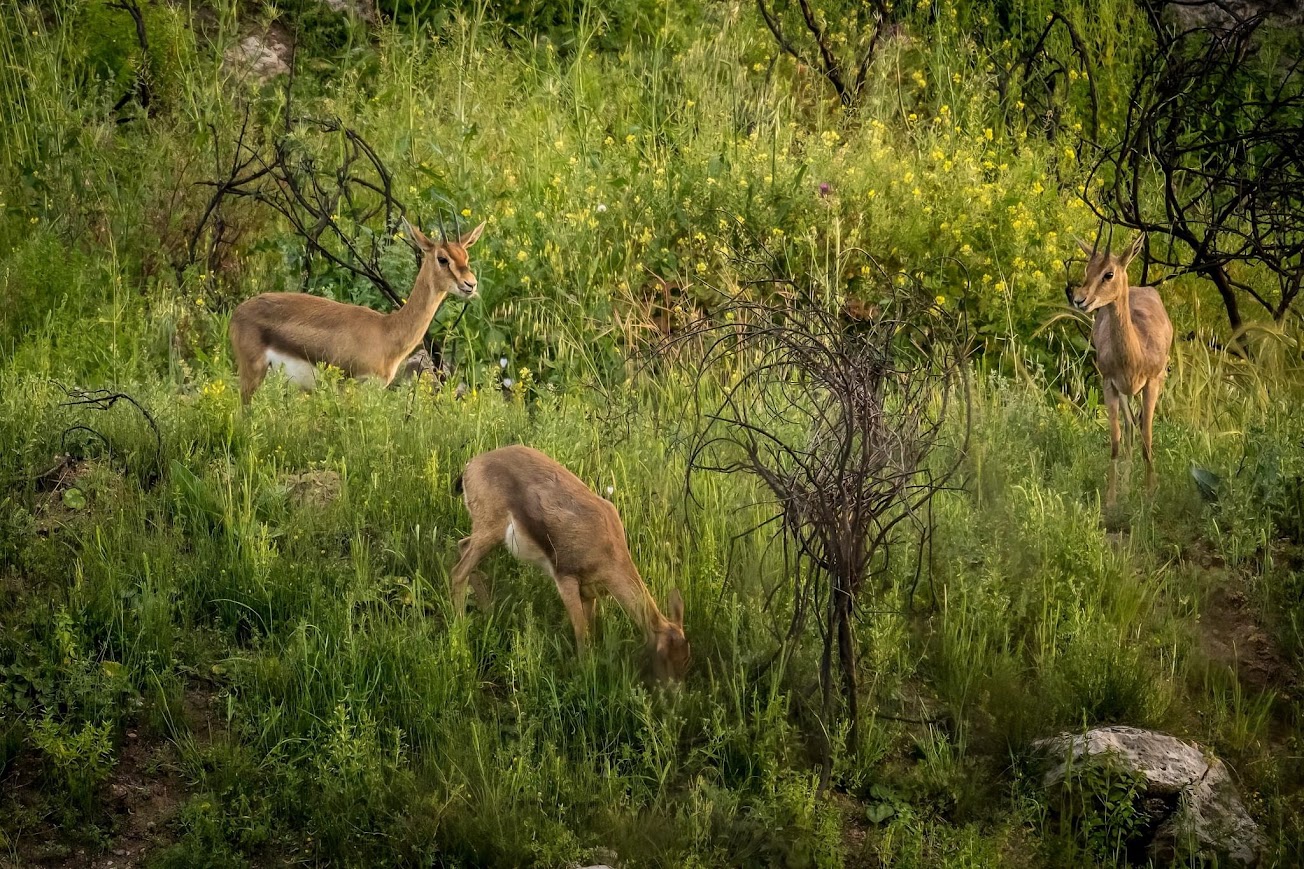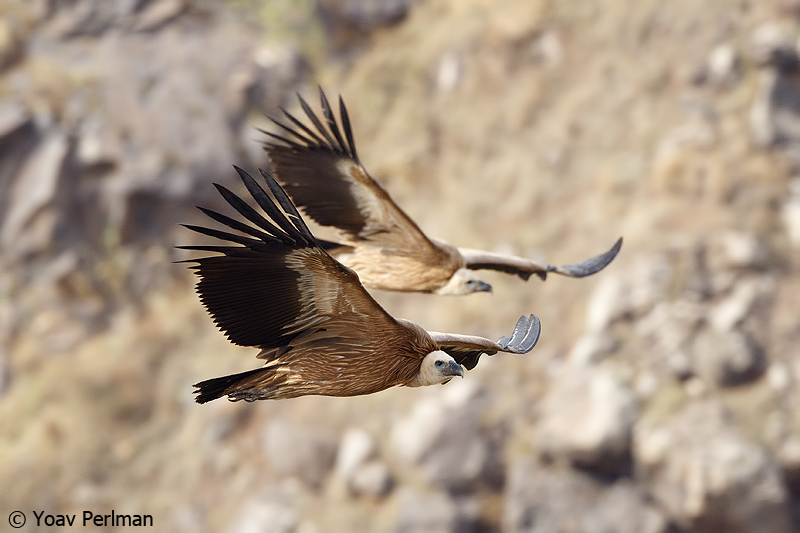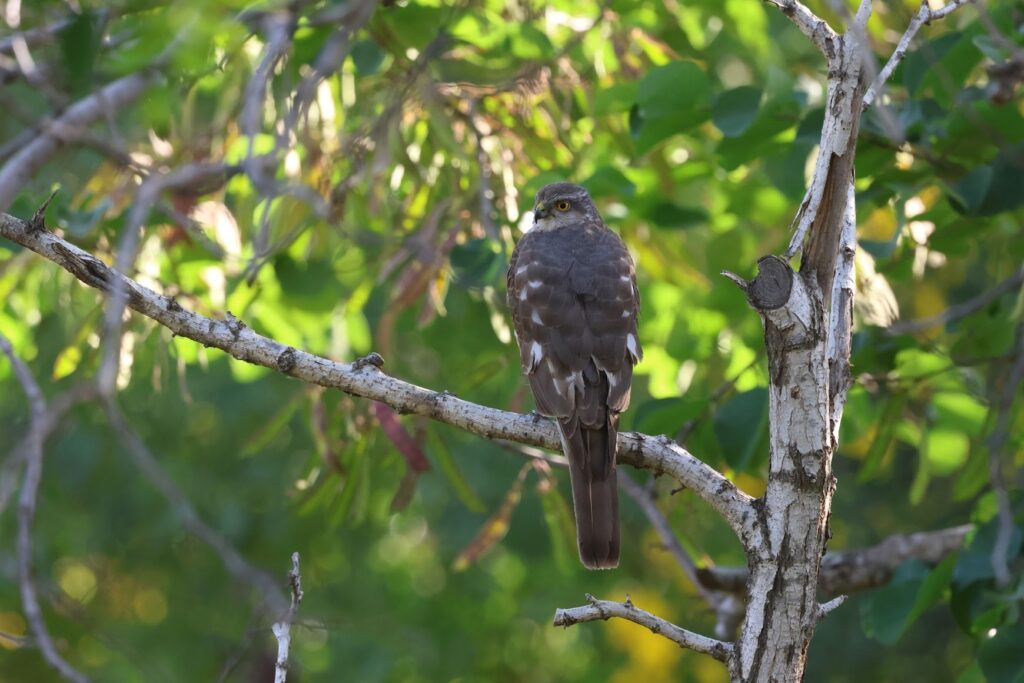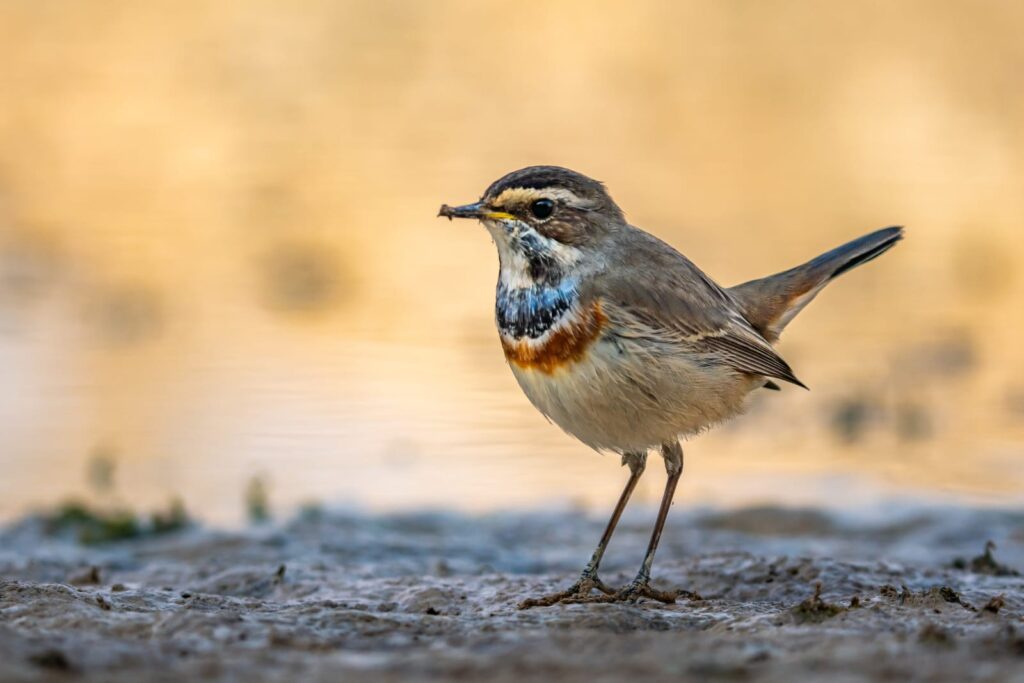09 Jul October Feathers and Fur: Afternoon Nature Walk at the Gazelle Valley Park
Golden-hour migration and gazelles in Jerusalem’s urban oasis.
Event Details
Date: October 15, 2025
Time: 16:00–17:45
Location: Gazelle Valley Park, Jerusalem
Full guide contact info provided after registration.
October brings peak fall migration to Gazelle Valley, as birds journey south and the season shifts. We’ll take a relaxed walk to spot migratory birds passing through, notice signs of autumn in the landscape, and watch for the park’s resident gazelles in the golden afternoon light.
Easy walk on paved paths (1–2 km).
Guiding is in English.
No experience needed. Appropriate for all ages.
Cost:
SPNI Members: 40 NIS
Non-Members: 55 NIS
Contact Info:
📞 Phone: 0523-869488
📧 Email: reg.jbo@gmail.com











